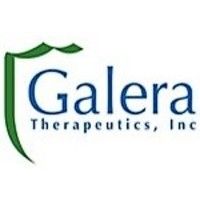A review.Pathol. pain states arising from injuries to the nervous system are characterized by sustained neuroinflammation and increased neuronal excitability at both peripheral and central level.Overproduction of reactive oxygen and nitrogen (nitroxidative) species, such as superoxide (SO) and peroxynitrite (PN, ONOO-), and impaired endogenous antioxidant defenses play critical roles in triggering chronic pain states.In particular, a growing body of evidence indicates a major involvement of SO and PN in inflammatory and neuropathic pain states as well as in the development of increased pain sensitivity during prolonged opioid use (opioid-induced hyperalgesia).Stable and selective compounds have been developed as novel therapeutic strategies to target nitroxidative stress in pain settings.Superoxide dismutase mimetics (eg, GC4419, GC4711, and GC4702) as well as PNDCs and RSDAx, such as SRI compounds and ACP-044, displayed promising results in preclin. studies and most of them are now advancing in clin. trials.Interestingly, increased NOS activity or PN formation has been recently linked to neurovascular dysfunction and lipid peroxidation underlying the pathophysiol. of depression, anxiety, and cognitive dysfunction all common comorbidities of chronic pain states.This suggests that targeting nitroxidative stress may have beneficial outcomes on multiple components of pain.






